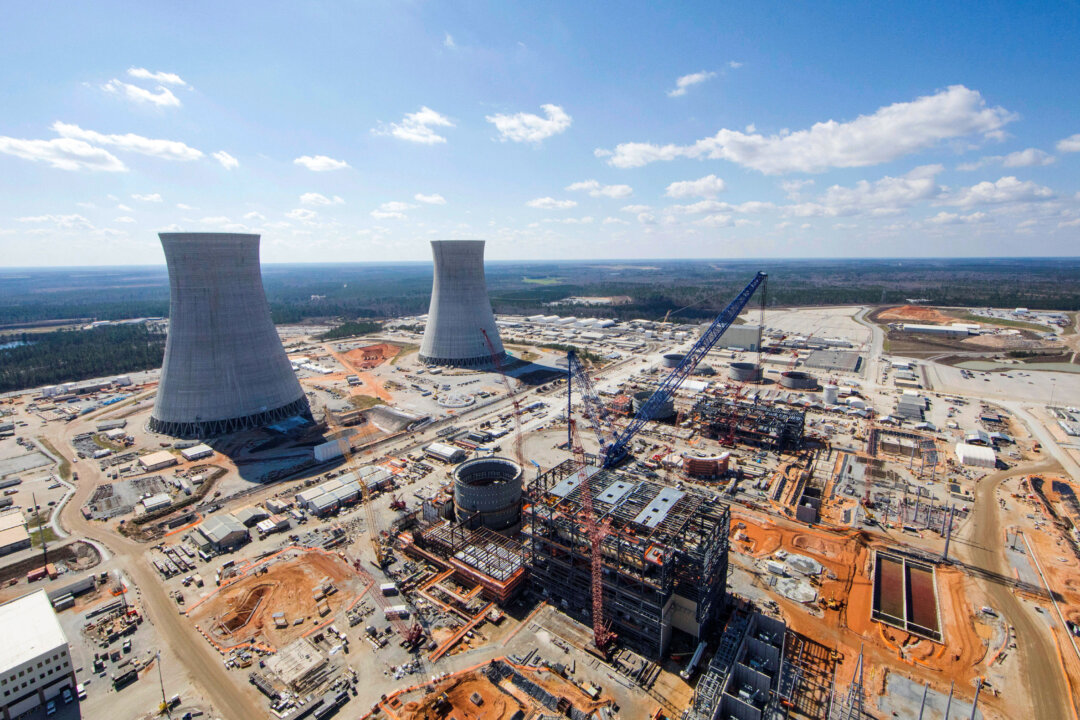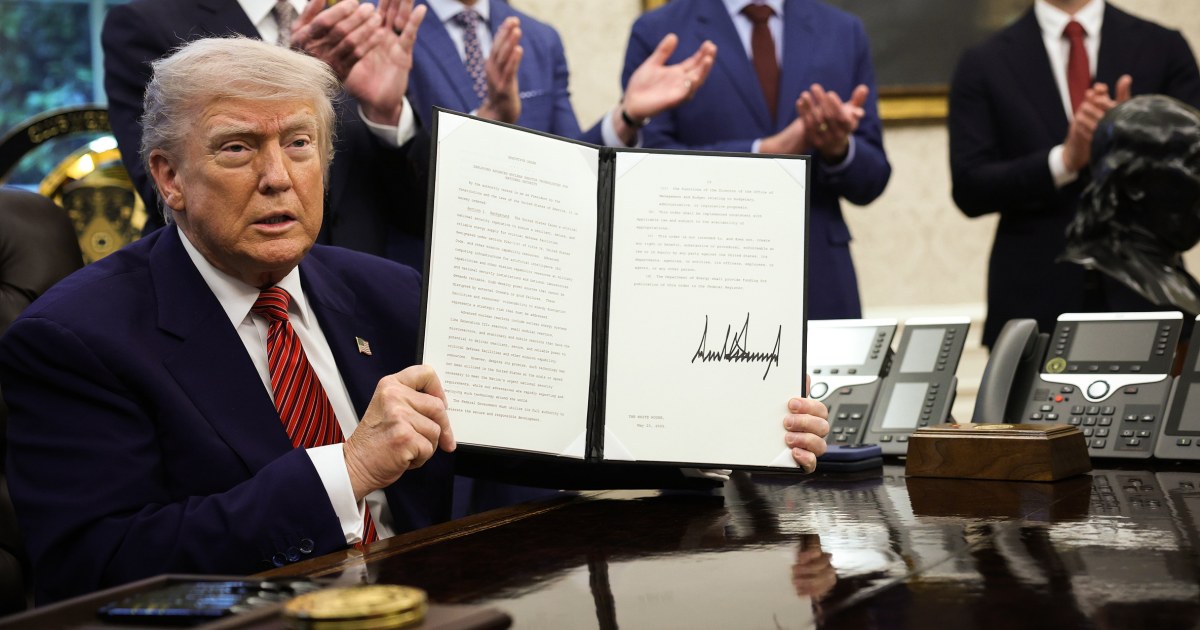Trump Signs Executive Orders to Boost U.S. Nuclear Energy Production
President Trump aims to quadruple nuclear power production in 25 years, granting new powers to the Energy Secretary and reorganizing the Nuclear Regulatory Commission.
Subscribe to unlock this story
We really don't like cutting you off, but you've reached your monthly limit. At just $5/month, subscriptions are how we keep this project going. Start your free 7-day trial today!
Get StartedHave an account? Sign in
Overview
On May 23, President Trump signed four executive orders to enhance U.S. nuclear energy production, aiming to quadruple output in 25 years. The orders grant the Energy Secretary authority to approve advanced reactor designs, bypassing the independent Nuclear Regulatory Commission (NRC), which will face significant staff reductions. The measures include an 18-month deadline for NRC reviews and a pilot program for three new reactors by July 2026. Critics warn that these changes could compromise safety and regulatory effectiveness, while supporters argue they are essential for meeting rising electricity demands, particularly from AI technologies.
Report issue

Read both sides in 5 minutes each day
Analysis
- The article presents a neutral tone on Trump's nuclear power executive orders.
- It highlights both ambitious goals and expert skepticism about feasibility.
- Concerns about safety risks and regulatory changes are also discussed.
Articles (12)
Center (3)
FAQ
The executive orders include reforms to the Nuclear Regulatory Commission (NRC), grant the Energy Secretary authority to approve advanced reactor designs, impose an 18-month deadline for NRC reviews, and establish a pilot program for new reactors by July 2026.
The measures aim to enhance energy security and support the growing demand for reliable power sources, particularly in AI and defense sectors, by fostering innovation and easing regulatory barriers in nuclear energy.
Critics warn that these changes could compromise safety and regulatory effectiveness by reducing NRC staff and bypassing some regulatory oversight.
History
- 5M

 5 articles
5 articles









